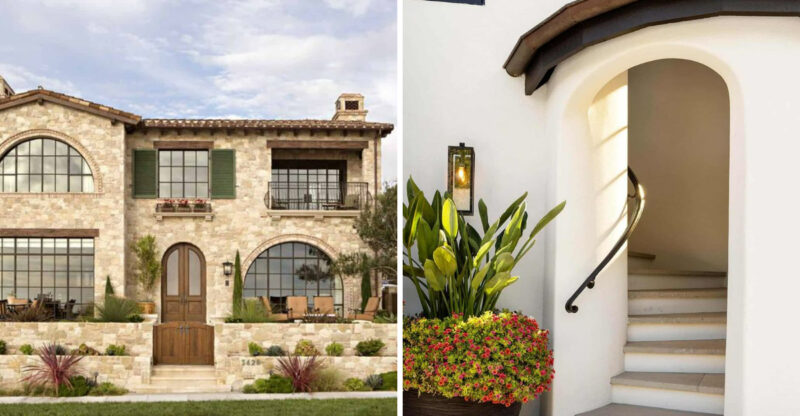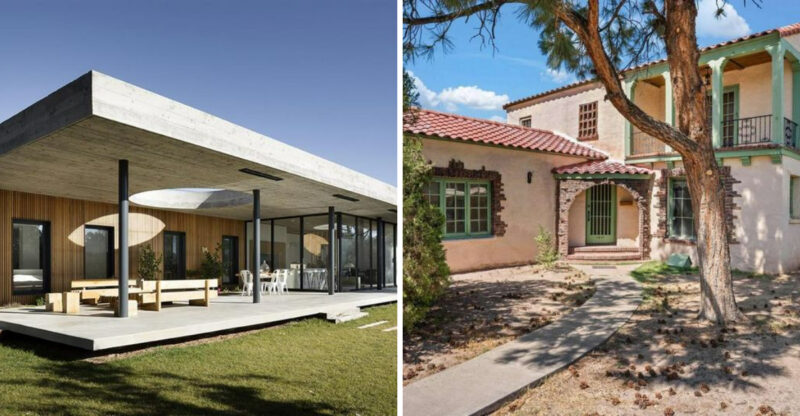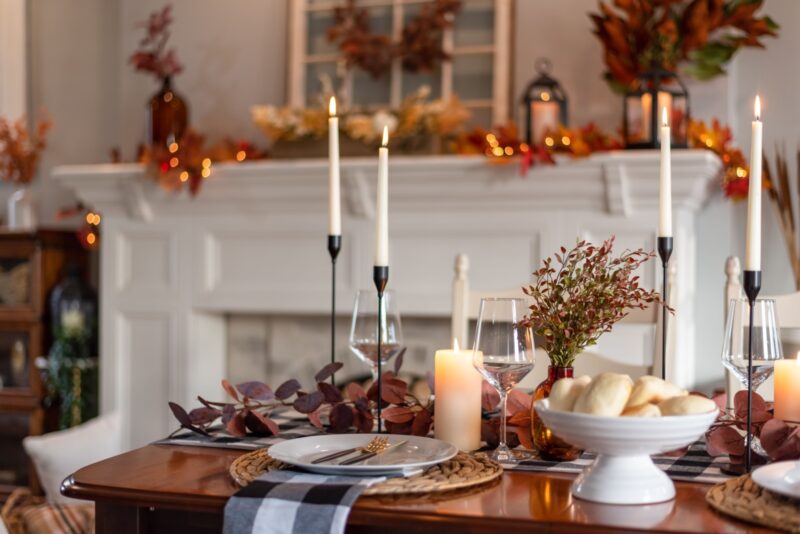5 Characteristics That May Define The Revival Style In Home Design

Home design revival styles bring historical elements into modern living spaces. These approaches reference architectural heritage while adapting details for contemporary homes. Whether updating an older house or adding vintage touches to a newer one, revival design incorporates traditional details in ways that feel fresh and practical.
This article is for general informational purposes only. Design trends, material availability, and renovation costs may vary over time and by location. Always consult professionals and review product details before making significant design or construction decisions.
1. Classic Architectural Details
Ornate crown moldings, decorative ceiling medallions, and wainscoting transform ordinary rooms into spaces with historical gravitas. These elements aren’t just decorative – they reflect historical craftsmanship.
Archways, columns, and detailed trim work recall craftsmanship from periods when homes were built with painstaking attention to detail. Even in new construction, these features create instant character.
2. Vintage-Inspired Materials And Textures
Reclaimed wood floors with visible patina tell stories of previous generations walking the same paths. The authenticity of these materials adds warmth and character often missing in newer materials.
Handmade tiles, brass fixtures, and natural stone countertops add tactile richness. Revival homes embrace these elements not as perfect showpieces but as materials that develop character over time.
3. Ornamental Lighting And Fixtures
Crystal chandeliers, wall sconces, and pendant lights with intricate detailing provide decorative focal points while enhancing historical character in living spaces.
Wall sconces with intricate detailing and pendant lights featuring milky glass or hammered metals add layers of illumination. Revival lighting celebrates craftsmanship while creating ambiance that flatscreen TVs and digital devices can never provide.
4. Rich, Historic Color Palettes
Deep jewel tones like emerald, sapphire, and ruby create great backdrops for antique furniture pieces. These saturated hues are historically associated with formal interiors.
Muted heritage shades – think terracotta, mustard, and sage – offer subtler nods to the past. Revival homes often layer these colors rather than defaulting to the all-white approach that dominated recent decades.
5. Blending Modern Comfort With Traditional Elements
Plush, contemporary seating draped in vintage-inspired textiles bridges centuries of design. This thoughtful fusion prevents revival homes from feeling like museums.
Modern appliances and comfortable furnishings can complement traditional millwork and vintage textiles, balancing historical style with contemporary convenience. The most successful revival spaces balance nostalgia with the practical needs of today’s families.






